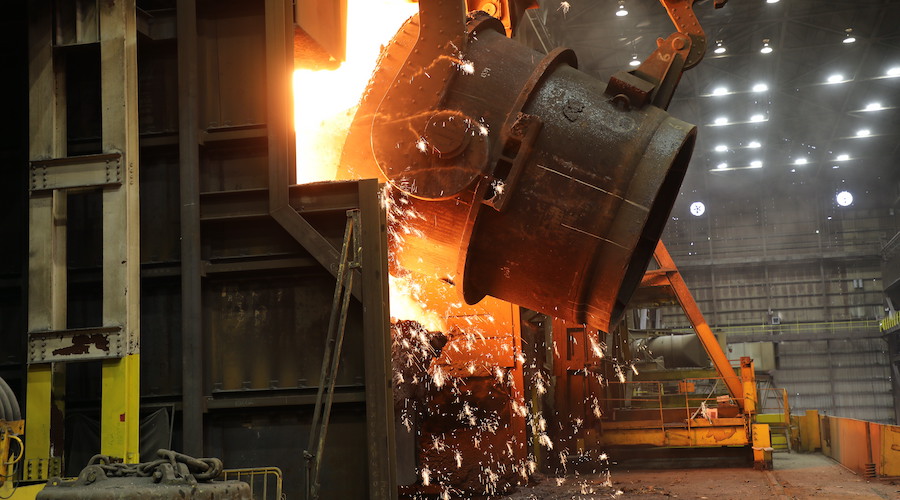Commodities and Asset Allocation
Which asset class would you expect to generate the better performance over the past four decades or so – domestic stocks, commodity-linked securities or a portfolio split evenly between the two?
Roger Gibson, one of the nation’s most influential voices on asset allocation, offered his answer last week during an exclusive webcast with U.S. Global Investors. A replay of the webcast is available here.

Here’s Roger’s chart on the subject. He uses the S&P 500 Index for U.S. stocks and the S&P GSCI Commodity Index for commodities, and he assumes annual rebalancing to maintain the 50-50 allocation.
His math shows that an investment of $1 in the S&P 500 in 1971 would by the end of 2009 have grown to $36.26, and that an identical investment in the S&P GSCI would have increased to $32.07.
But look at what happens when 50 cents goes to each of the asset classes at the start – by 2010, that original dollar would be worth nearly $52.
As Roger puts it in the webcast, “The whole outperformed the components. And it did so as a result of the reduction in volatility relative to the components. That is also an outcome that you did not ever have to predict what was going to happen in the short run. All you had to do is have balanced representation and keep rebalancing and keep holding.”
This is just one of the interesting conclusions that Roger shares on the webcast, which will be available on our web site for only a limited time. I encourage you to consider listening to the replay and viewing his slides. You many even want to share it with your friends.
The S&P 500 Stock Index is a widely recognized capitalization-weighted index of 500 common stock prices in U.S. companies. The S&P GSCI is a composite index of commodity sector returns representing an unleveraged, long-only investment in commodity futures that is broadly diversified across the spectrum of commodities.
Diversification does not protect an investor from market risks and does not assure a profit.
More News
{{ commodity.name }}
{{ post.title }}
{{ post.date }}



Comments